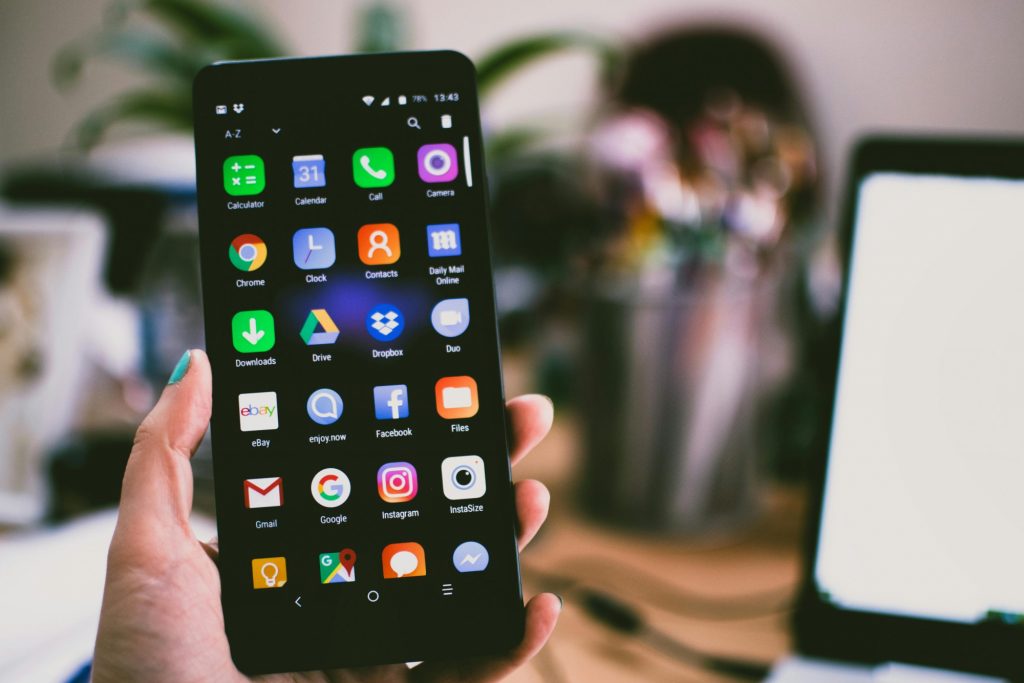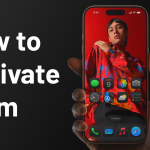Understanding the Requirements for AT&T Device Unlock

In other words, when an AT&T device is unlocked, one can use a SIM card from another carrier, thus having the freedom to change providers without the necessity of throwing away the working phone. But this comes with certain preconditions on the part of AT&T. Here are a few prerequisites for AT&T to unlock your phone.
AT&T’s Device Unlock Requirements
Account Status
Good-standing account: Your AT&T account should not have any past-due balance. The services associated with the device should be active, and all bills up to the current billing cycle must be paid in full.
No Fraudulent Activity: The account and device should not be involved in fraud. Before approving an unlocking request, AT&T takes great care of fraudulent tendencies.
Device Status
Not Reported Lost or Stolen: The device must not have any reports of being lost or stolen. Such reports prevent the device from unlocking due to security concerns.
IMEI Check: AT&T tests your device’s IMEI to ensure it is not blocked. This can be found by dialing *#06#, representing a unique identifier for your device.
Service Commitments and Agreements
Completed Installment Plan: If your device was bought under an installment plan, proof should be available at the time of service, showing the final payment of the agreed amount.
Contractual Obligations: Normally, for service-contract devices, AT&T will require the fulfillment of the contract period to have taken place. Early termination may require payment of early termination fees before unlocking.
Business Agreements: Some company business agreements may require the approval of an authorized company person for its device association.
Unlock Limit
AT&T provides only two unlock codes per account in one year. The limit limits the service from misuse, like overusing to request a phone unlock.
Special Circumstances
Military Deployment: AT&T caters to an exception for military personnel. In the case of deployment abroad and his desire to get his phone unlocked, he must verify a faster process from AT&T.
Unlocking Process
An unlock request can be submitted through the AT&T Device Unlock Portal by submitting the form with your device’s IMEI and submitting it. After completing the submission of your mail, based on that information, if the device is eligible, a confirmation mail will be sent along with instructions on how to complete the process.
Alternative Unlocking Solutions
While the AT&T website serves as an official channel for unlocking devices, and in other unjust cases, your request could be denied; a case could be the requirements for your request being checked disproportionately. In that case, third-party unlocking services offer a solution. Most of these services can unlock a device with or without your AT&T account in good standing, whether you are on a plan but cannot afford to complete it. Ensure that your service provider is reputable so that the unlocking will be legit and done safely.
FAQ
Q: How long does it take to unlock a device through AT&T?
A: Usually, the request is approved within two business days after all requirements have been met. If it takes longer, it may imply that more information was required or, after a review, some of the requests must be dealt with manually.
Q: Is unlocking my device with a third-party service safe?
A: Yes, so long as you use a well-established unlocking service. When considering this, try to find a provider with good reviews who has achieved the desired results in the past, meaning for the types of devices and contracts you may have. Also, third-party services, naturally, come with risks such as voiding warranties or AT&T terms of service.
Conclusion
AT&T device unlocking gives you the power of freedom to switch the carrier in compliance with some guidelines. There may be an option for rejection situations and cases of ineligibility, though the AT&T device unlocking set process is simple for the eligible customer. This, being an open-source alternative, is a viable solution to guarantee that the freedom of one’s device is just a few steps away when traditional paths are blocked—maybe from third-party unlocking services.




